Archives
- 2025-12
- 2025-11
- 2025-10
- 2025-09
- 2025-03
- 2025-02
- 2025-01
- 2024-12
- 2024-11
- 2024-10
- 2024-09
- 2024-08
- 2024-07
- 2024-06
- 2024-05
- 2024-04
- 2024-03
- 2024-02
- 2024-01
- 2023-12
- 2023-11
- 2023-10
- 2023-09
- 2023-08
- 2023-07
- 2023-06
- 2023-05
- 2023-04
- 2023-03
- 2023-02
- 2023-01
- 2022-12
- 2022-11
- 2022-10
- 2022-09
- 2022-08
- 2022-07
- 2022-06
- 2022-05
- 2022-04
- 2022-03
- 2022-02
- 2022-01
- 2021-12
- 2021-11
- 2021-10
- 2021-09
- 2021-08
- 2021-07
- 2021-06
- 2021-05
- 2021-04
- 2021-03
- 2021-02
- 2021-01
- 2020-12
- 2020-11
- 2020-10
- 2020-09
- 2020-08
- 2020-07
- 2020-06
- 2020-05
- 2020-04
- 2020-03
- 2020-02
- 2020-01
- 2019-12
- 2019-11
- 2019-10
- 2019-09
- 2019-08
- 2018-07
-
The transport of glutamate by EAAT from
2022-03-12
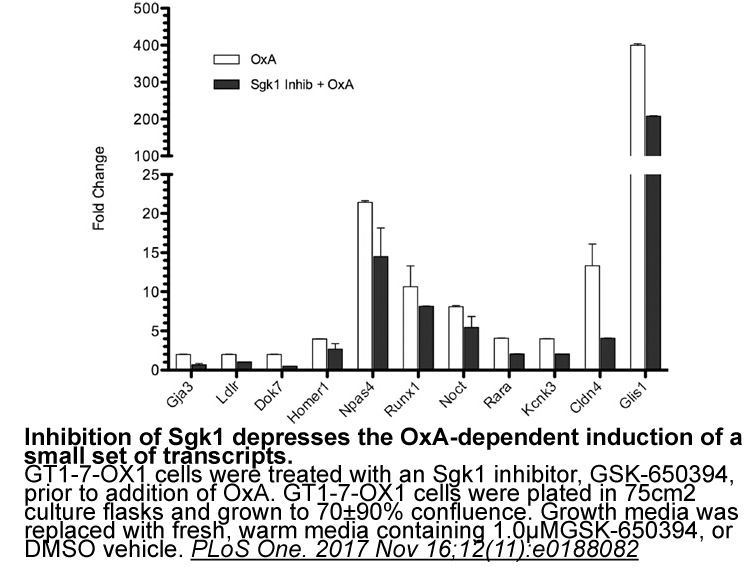
The transport of glutamate by EAAT2 from the extracellular fluid into either astrocytes or endothelial cells is an unfavorable and energy-consuming process. This energy is provided by a coupled co-transport of three sodium ions, one proton, and one glutamate molecule in the counter-transport of one
-
Regulation of pancreatic and cell mass
2022-03-12
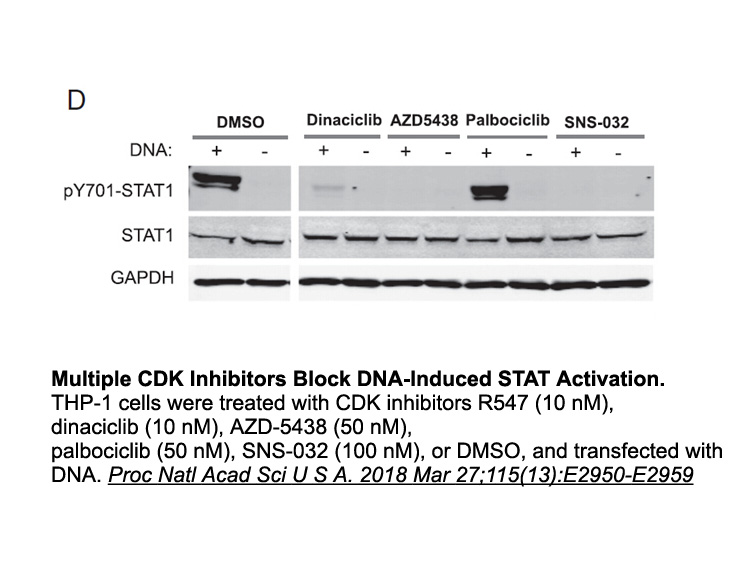
Regulation of pancreatic α and β cell mass has been extensively studied and hotly debated, due to potential therapeutic implications. Early claims of Angptl8 as “betatrophin” and Angptl4 as a regulator of glucagon secretion and α cell proliferation (Yi et al., 2013, Ben-Zvi et al., 2015) have not st
-
br Acknowledgements br Introduction Galanin shows widespread
2022-03-12
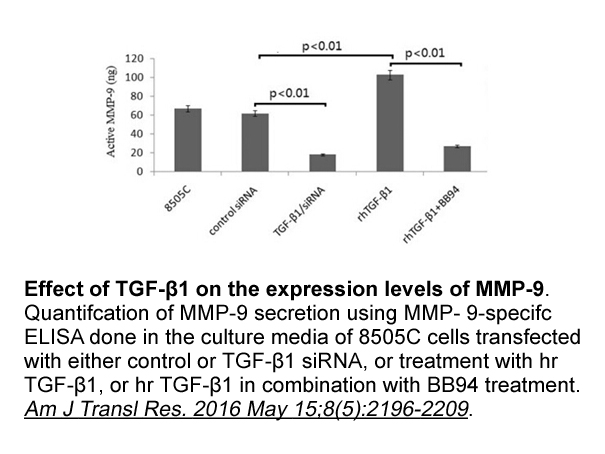
Acknowledgements Introduction Galanin shows widespread distribution in the central nervous system (CNS) and peripheral nervous system (PNS) as well as in the immune, endocrine and endothelial vascular systems (Lang et al., 2007). Galanin controls diverse physiological processes such as arousal
-
Herein exploiting several spectroscopic techniques
2022-03-12
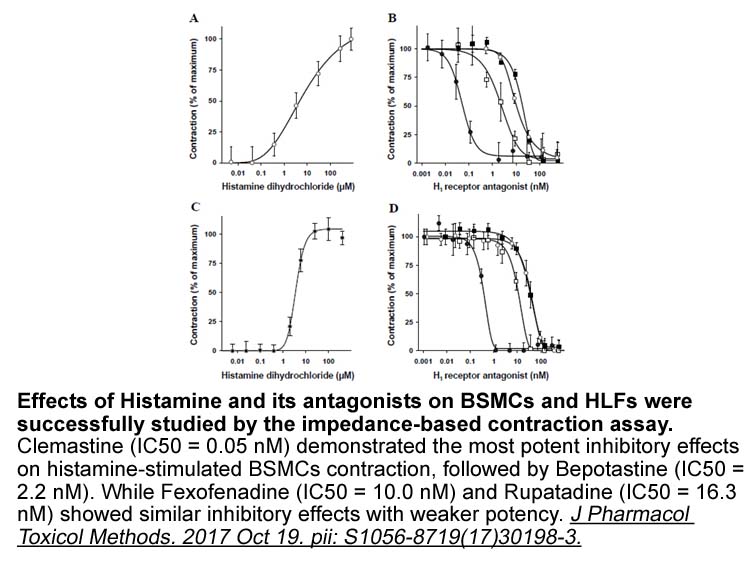
Herein, exploiting several spectroscopic techniques, i.e. CD, UV and NMR, along with gel electrophoresis, size exclusion chromatography and in silico prediction analysis, the conformational behaviour of R1.2 and R1.3 was studied in Na+- and K+-rich solutions, which mimic the extra- and intracellular
-
Mitochondria are also involved in other modalities of
2022-03-12
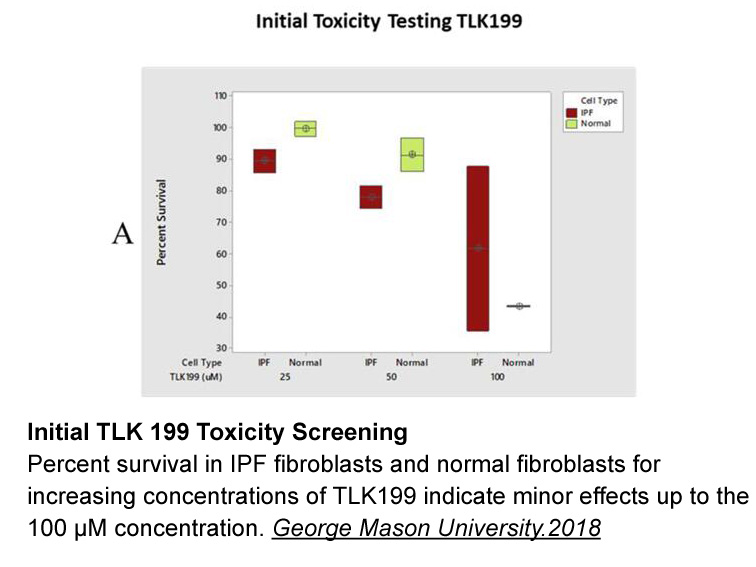
Mitochondria are also involved in other modalities of programmed cell death, particularly apoptosis. Intriguingly, the roles of mitochondria in apoptosis and ferroptosis are fundamentally different. In mitochondria-mediated apoptosis, the mitochondrion serves as a reservoir, storing apoptosis-regula
-
br Materials and methods All
2022-03-12

Materials and methods All studies were performed in 230–250g timed-pregnant Sprague Dawley rats (Harlan, Indianapolis, Indiana). Animals were housed in a temperature controlled room with a 12:12 light:dark cycle. All experimental procedures in this study were in accordance with the National Insti
-
br Place in Therapy In the case
2022-03-12
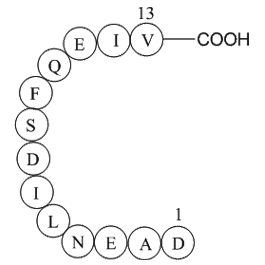
Place in Therapy In the case of minor bleeding, the anticoagulant effects of all FXa inhibitors except betrixaban, which has a longer half-life, will diminish within 24-48 hours of discontinuation of the drug provided the patient has normal renal function. In these cases stopping the FXa inhibito
-
i thought about this While IN inhibitors are a relatively ne
2022-03-11
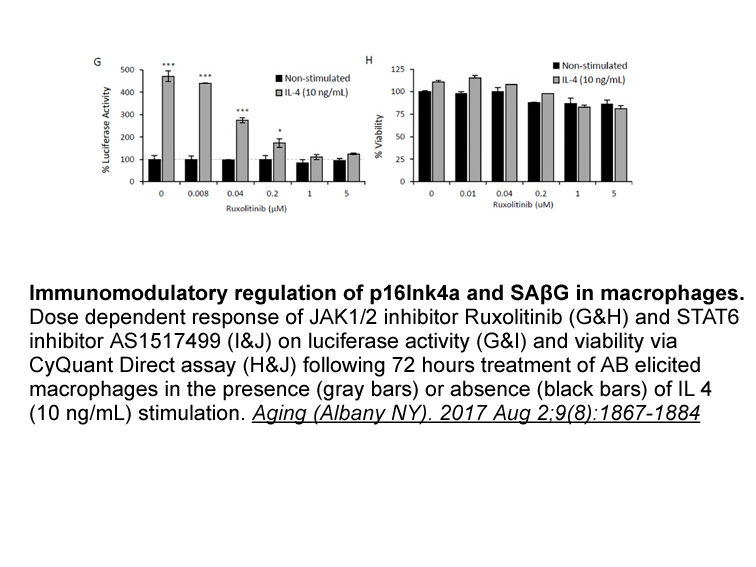
While IN inhibitors are a relatively new addition to the clinician's palette of drugs to formulate HAART regimes, resistance to both INSTIs and LEDGINs has been observed. For example, even within Australia where it is estimated that 25,313 people are currently living with HIV and the infection rate
-
It has been reported that
2022-03-11
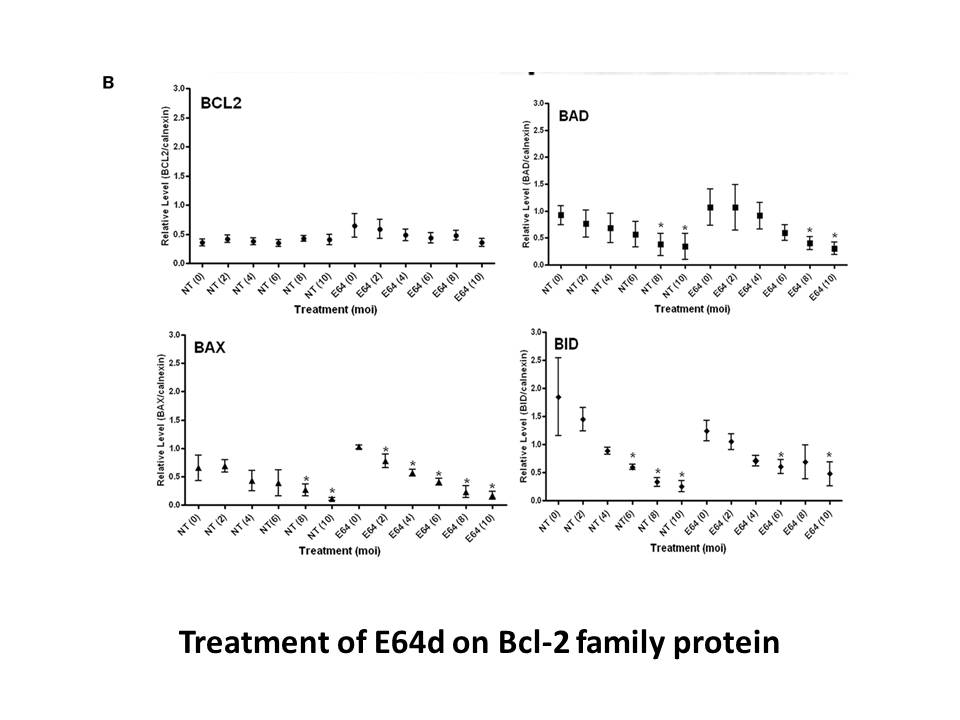
It has been reported that CD133+ glioma stem Mevastatin are resistant to temozolomide (TMZ) therapy [155]. Dose dependent TMZ treatment of CD133+ cells enhanced activities of the Notch and SHh pathways [156]. Moreover, 500 μmol/L TMZ induced a significant upregulation of Gli1, HES1 and HES5 transcr
-
In conclusion we have identified ten novel
2022-03-11
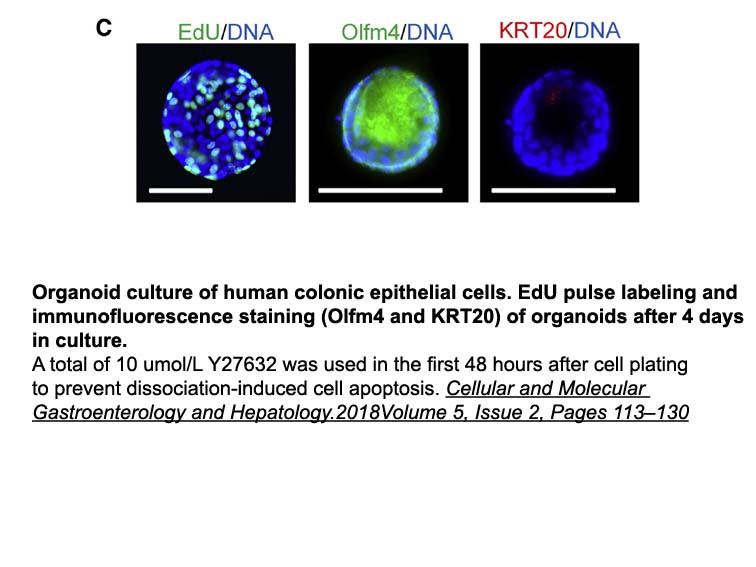
In conclusion, we have identified ten novel GPCR genes and a pseudogene. Transcripts for GPR78, GPR81, GPR94, GPR95, GPR101, GPR103 and P2Y were detected in various CNS and peripheral tissues. Given the high levels of identity observed within paralogous oGPCR gene clusters, future efforts will likel
-
A number of synthetic GPR
2022-03-11
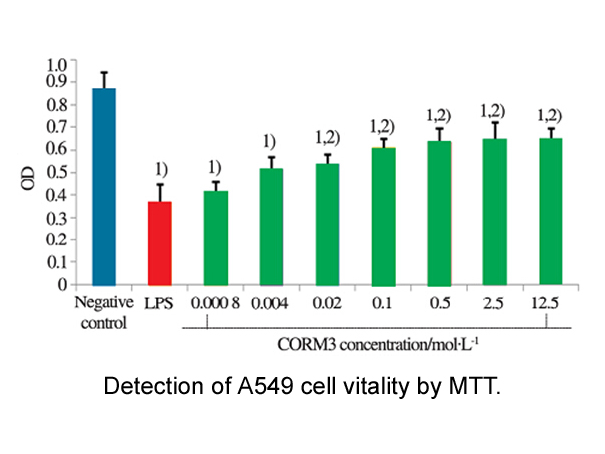
A number of synthetic GPR119 agonists have been reported to date, several of which have advanced into clinical trials. Reported GPR119 agonists are often composed of three parts as depicted in : a piperidine or a piperazine ring -substituted with a carbamate or a heteroaryl group at the right side,
-
br Introduction In the treatment of patients
2022-03-11
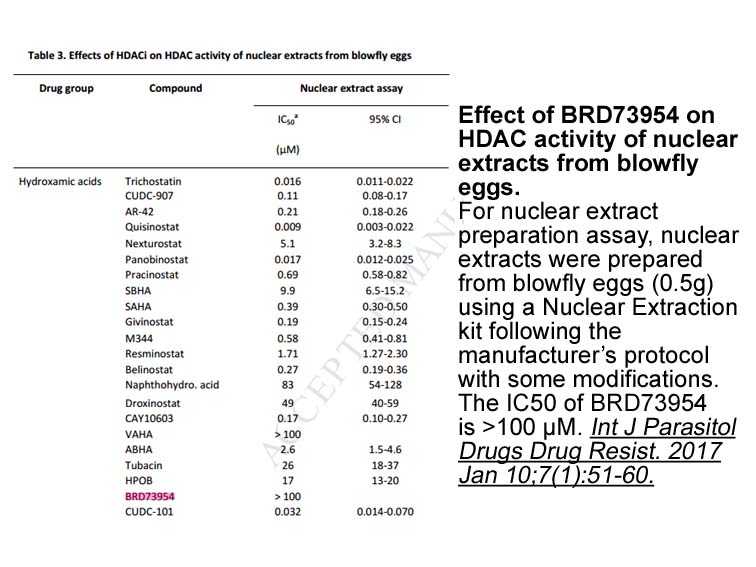
Introduction In the treatment of patients with AIDS and human immunodeficiency virus type 1 (HIV-1), anti-retroviral therapy (ART), which uses anti-HIV drugs such as protease inhibitors, integrase inhibitors and reverse transferase inhibitors, has made a major contribution. There are still some s
-
Wasting syndrome is a common complication of HIV infection a
2022-03-11
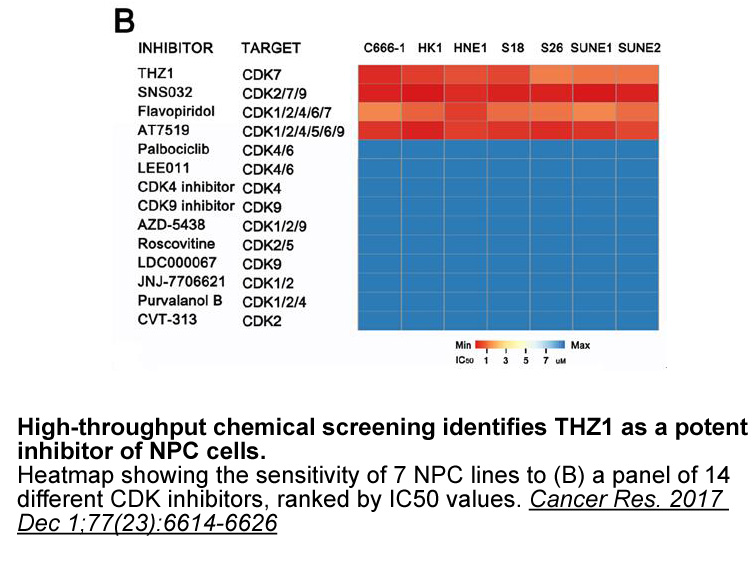
Wasting syndrome is a common complication of HIV infection and is marked by progressive weight loss and weakness, often associated with fever (Weinroth et al., 1995). Fever is a highly complex process initiated by the action on the NK 252 sale thermosensitive cells of a number of endogenous pyrogens
-
Anisodamine australia br Competing interests br Acknowledgem
2022-03-10
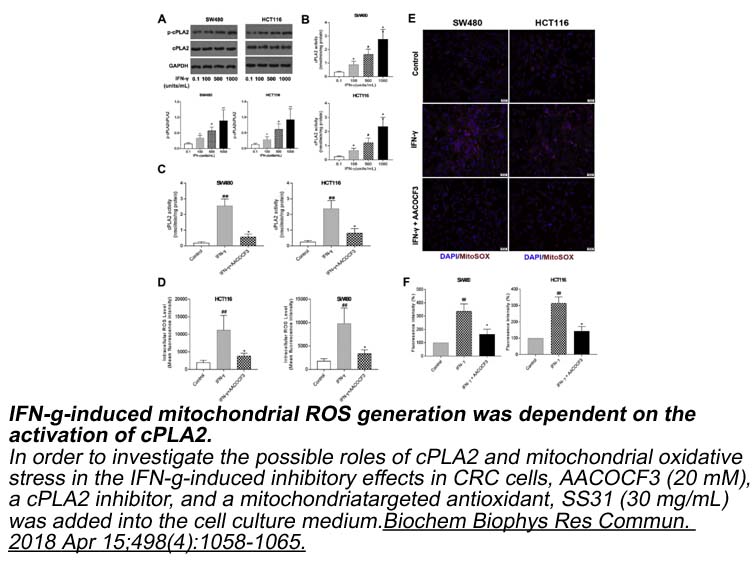
Competing interests Acknowledgements Introduction - Factors Regulating Glucose Tolerance Strictly speaking, the incretin effect refers to the amplification of insulin secretion, which occurs when Anisodamine australia is taken in orally as compared to infused intravenously [1]. Normally, th
-
Isoflurane administration during i t procedures can
2022-03-10
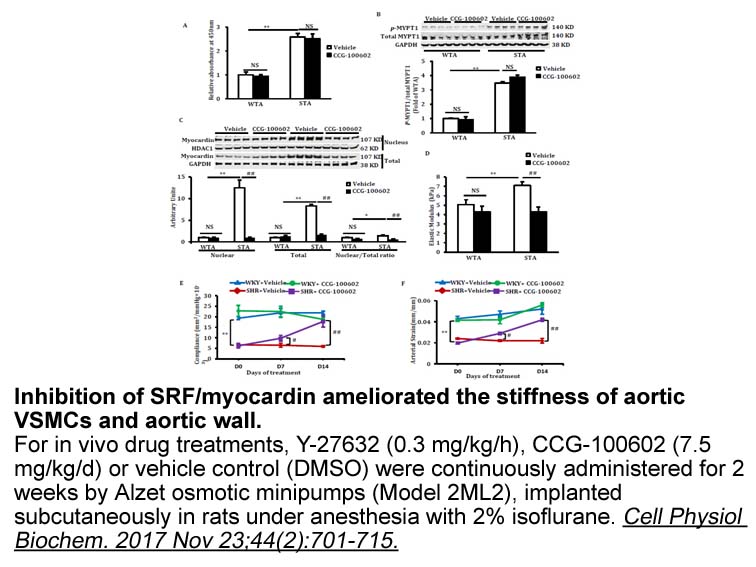
Isoflurane administration during i.t. procedures can complicate the interpretation of our results since isoflurane has been shown to have both neuroprotective and neurotoxic effects (Jiang et al., 2017). Isoflurane pretreatment has been implicated as having protective effects in ischemia in animal m
14566 records 465/972 page Previous Next First page 上5页 461462463464465 下5页 Last page